Church Event Sound Checklist
Church Event Sound Checklist – Ensure Crystal-Clear Worship Sound with Peak Audio

Church Event Sound Checklist
2. Equipment Checklist – What You Need for Clear Sound
High-quality sound is at the core of a successful event. Whether you’re hosting a church service, corporate presentation, or a musical concert, clear and consistent audio ensures your audience stays engaged and the message is delivered effectively. The following checklist provides an in-depth overview of the essential sound equipment you need, with each category explained in detail.
2.1 Mixing Console
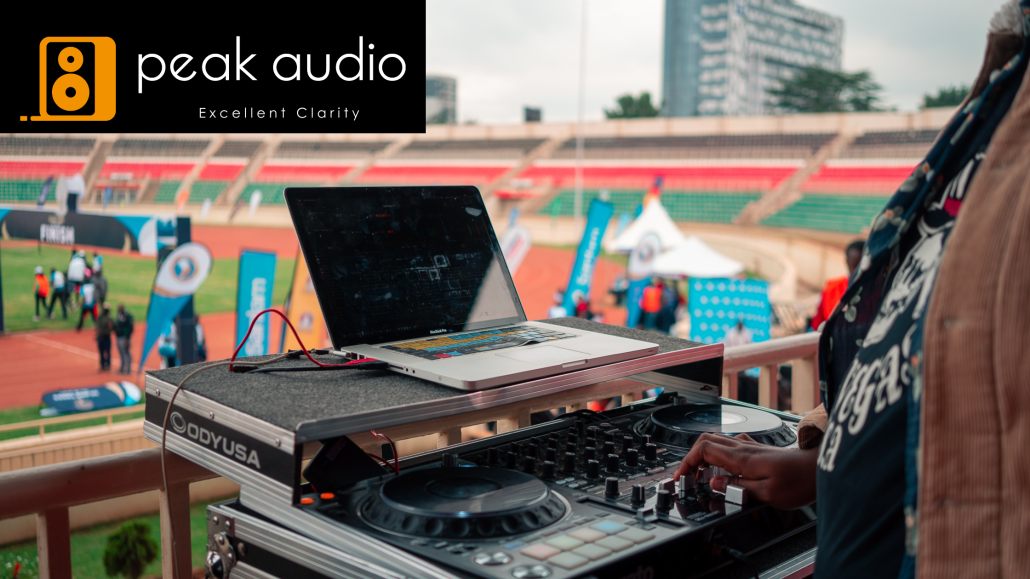
Church Event Sound Checklist
-
Digital or analog mixer with enough channels for all inputs
Choose a mixer that matches the complexity of your event. Digital mixers offer advanced features like presets, effects, and remote access, while analog mixers are easier to use for smaller setups. -
Essential for balancing vocals, instruments, and playback audio
A good mixer allows you to control the volume, tone, and blend of each input source—ensuring a harmonious sound whether it’s speech or live music. -
Scene recall and mute groups for seamless transitions
Especially in digital consoles, scenes can be programmed in advance to recall different setups during various event stages—such as transitions between sessions or performances. -
Built-in EQ, effects, and compression for audio clarity
Fine-tuning your audio with equalization and dynamic processing improves clarity and eliminates feedback, making speech and music more intelligible and pleasant.
2.2 Microphones

Church Event Sound Checklist
-
Dynamic mics for vocals and instruments
These are rugged, versatile microphones ideal for live vocals, drums, and guitar amps, commonly used in worship teams and live bands. -
Wireless lapel or headset mics for pastors and speakers
These provide hands-free convenience and mobility on stage or around the pulpit, ideal for speakers who move a lot or need to demonstrate during presentations. -
Choir mics or ambient mics for capturing group sound
Boundary or hanging mics can capture collective sound from a group without cluttering the stage with individual mics—great for choirs or roundtable discussions. -
Handheld wireless microphones for guest speakers or audience Q&A
These mics are ideal for spontaneous speeches or interactive sessions and reduce cable mess during dynamic events.
2.3 Speakers & Monitors

Church Event Sound Checklist
-
Main PA speakers sized for the audience area
Your main sound system should project clearly to all attendees, with speaker wattage and coverage pattern matched to the venue’s size and acoustics. -
Stage monitors for singers, musicians, and preachers
These help performers and presenters hear themselves and others, which improves timing, delivery, and pitch accuracy. -
Subwoofers for events with deep bass (e.g., gospel concerts)
Subwoofers handle low frequencies, delivering punch and warmth to music-heavy events and enhancing overall sound depth. -
Delay or fill speakers for large or oddly shaped venues
These are additional speakers placed at intervals to maintain consistent sound coverage in long halls or outdoor setups.
2.4 Cables, DI Boxes & Accessories
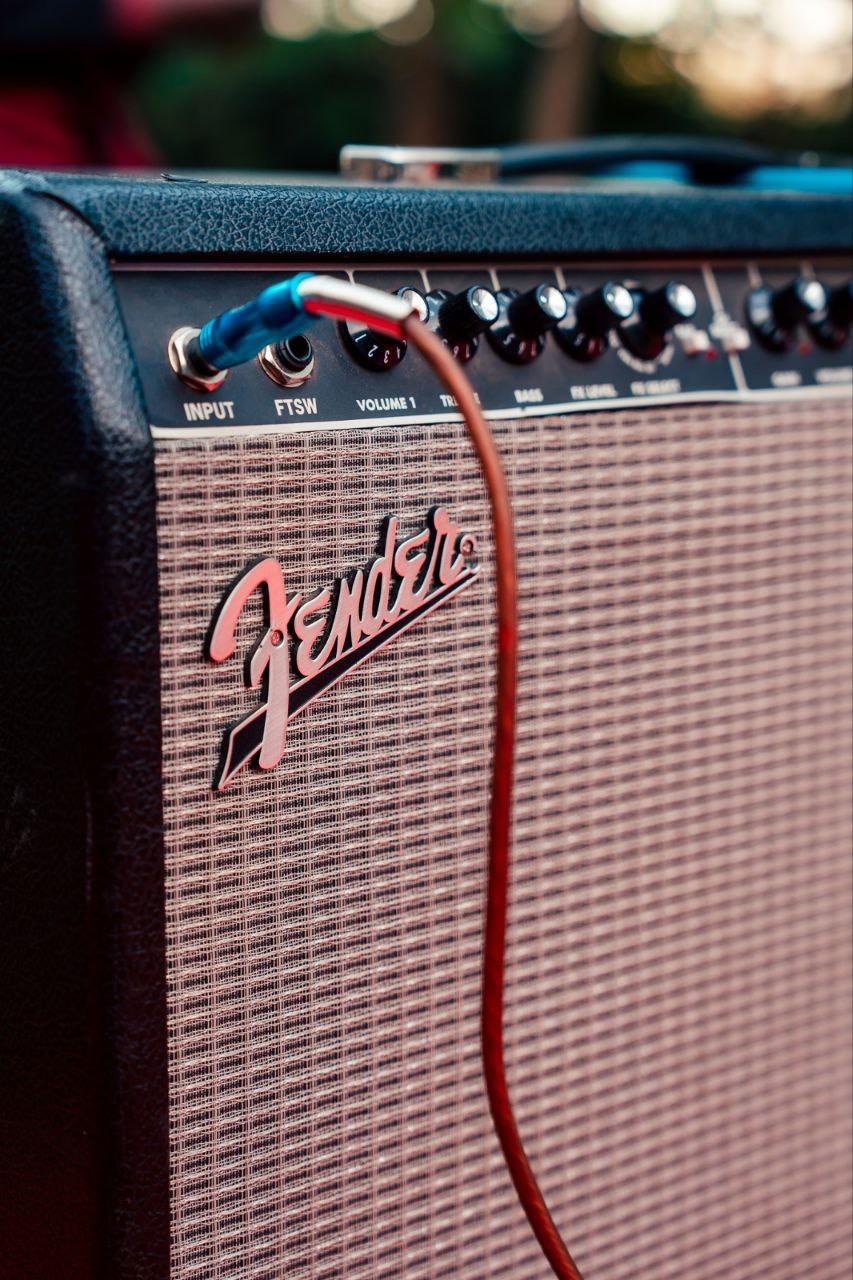
Church Event Sound Checklist
-
XLR and instrument cables, power cords, mic stands
Quality cables and stands ensure reliability, safety, and neatness in any setup. Poor-quality or tangled cables are a common cause of failure. -
DI boxes for keyboards and guitars
DI (Direct Input) boxes convert instrument signals to balanced output, eliminating noise and ensuring clean transmission over long cable runs. -
Cable covers, clips, and gaffer tape for safety
Proper cable management not only makes your event look professional but also prevents tripping hazards and signal loss due to cable strain.
-
Spare batteries and mic clips for uninterrupted operation
Always have a stock of spares for wireless mics and essential accessories—especially for events expected to run for several hours or with multiple speakers.
2.5 Power Backup

Church Event Sound Checklist
-
Reliable power source with inverter or generator for uninterrupted sound
Events in Kenya often face unpredictable power cuts. Backup systems ensure no program interruption, particularly during ceremonies, sermons, or live performances. -
Silent generator options for minimal noise interference
Use inverter generators or soundproofed units to avoid background humming or mechanical noise during quiet segments or recordings. -
Extension cables, multi-plug strips, and power distribution units (PDUs)
Power must be accessible throughout the venue. Properly rated extension cords and PDUs prevent overload and allow flexibility in gear positioning. -
Voltage regulators and surge protectors for sensitive gear
AV equipment is sensitive to power fluctuations. Protect your gear with regulators and surge protectors to avoid damage from voltage spikes or power dips.
Putting together a reliable sound setup requires more than just microphones and speakers—it demands attention to mixing, monitoring, power management, and proper wiring. With the right gear and a professional team to operate it, you ensure every message, lyric, or announcement reaches your audience with clarity and impact. Peak Audio provides not only the equipment but also expert guidance, setup, and live support to help you achieve flawless sound delivery for events of all sizes in Kenya.
3. Soundcheck Procedure – Ensuring a Smooth Audio Experience
A successful event begins long before the microphones are live—it starts with a proper soundcheck. The soundcheck is a vital process that ensures every piece of audio gear is working correctly and that the sound is balanced, clear, and consistent throughout the venue. Whether it’s a worship service, corporate seminar, concert, or wedding, a structured soundcheck helps you catch technical issues early and deliver a flawless listening experience to your audience.
Here’s a step-by-step breakdown of what every soundcheck should include.
3.1 Line Check

Church Event Sound Checklist
-
Ensure every mic, instrument, and input is live and properly connected
A line check involves going through each input (microphones, instruments, laptops, etc.) one by one to confirm signal is passing through to the mixer. This helps identify missing or misrouted connections before the event begins. -
Check each input for clean, stable signal—no noise or dropouts
Technicians listen for crackling, buzzing, or intermittent audio, which could be caused by damaged cables, faulty DI boxes, or improper grounding. -
Verify phantom power where required (e.g., for condenser mics or DI boxes)
Some mics and DI boxes require +48V phantom power. It should be switched on only where needed to avoid damaging gear that doesn’t require it. -
Label all active channels and inputs for efficient control during the event
Proper labeling of channels on the mixing console helps the sound engineer make quick adjustments and avoids confusion when handling multiple mics or instruments.
3.2 Gain Structure
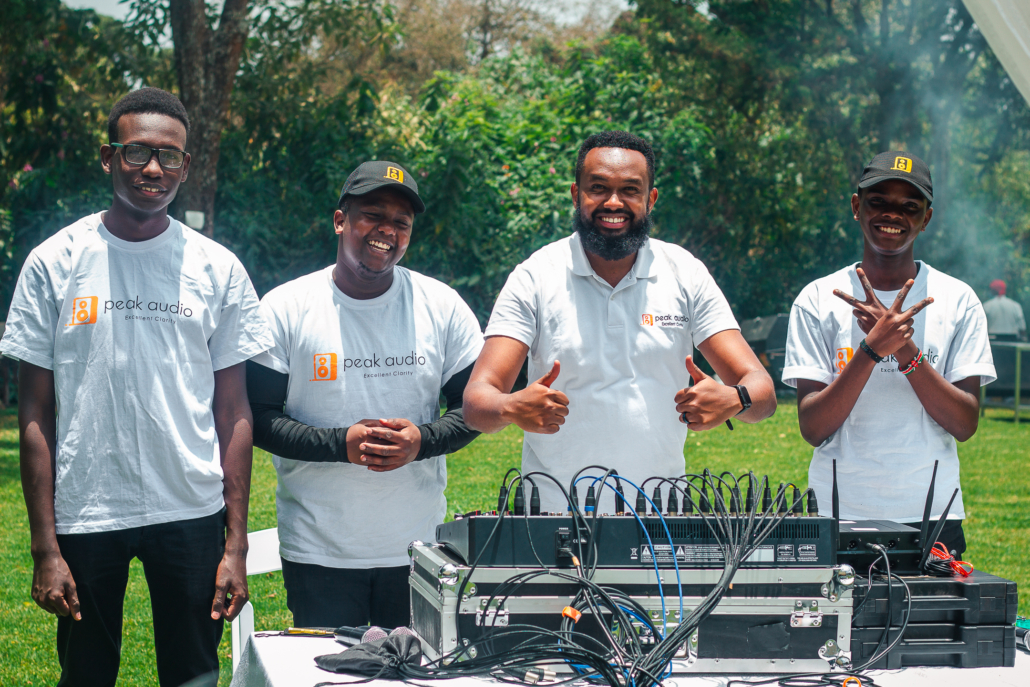
Church Event Sound Checklist
-
Set proper gain levels for each channel at the mixer
Gain is the first level of amplification in the audio chain. Setting it too high introduces distortion; too low causes weak sound. Use sound check levels to calibrate gain precisely. -
Use the PFL (Pre-Fade Listen) to check input signal strength without affecting front-of-house mix
This helps the engineer monitor individual channels through headphones and adjust them independently of the live output. -
Balance inputs to maintain uniform headroom across microphones and instruments
Proper headroom ensures signals don’t clip (distort) during loud sections and helps maintain consistency throughout the event. -
Prevent feedback by avoiding over-amplification and properly EQing sensitive channels
Feedback is often caused by excessive gain in high-frequency mics—especially lapels and condenser mics. Proper EQ and stage placement help mitigate this.
3.3 Monitor Mix
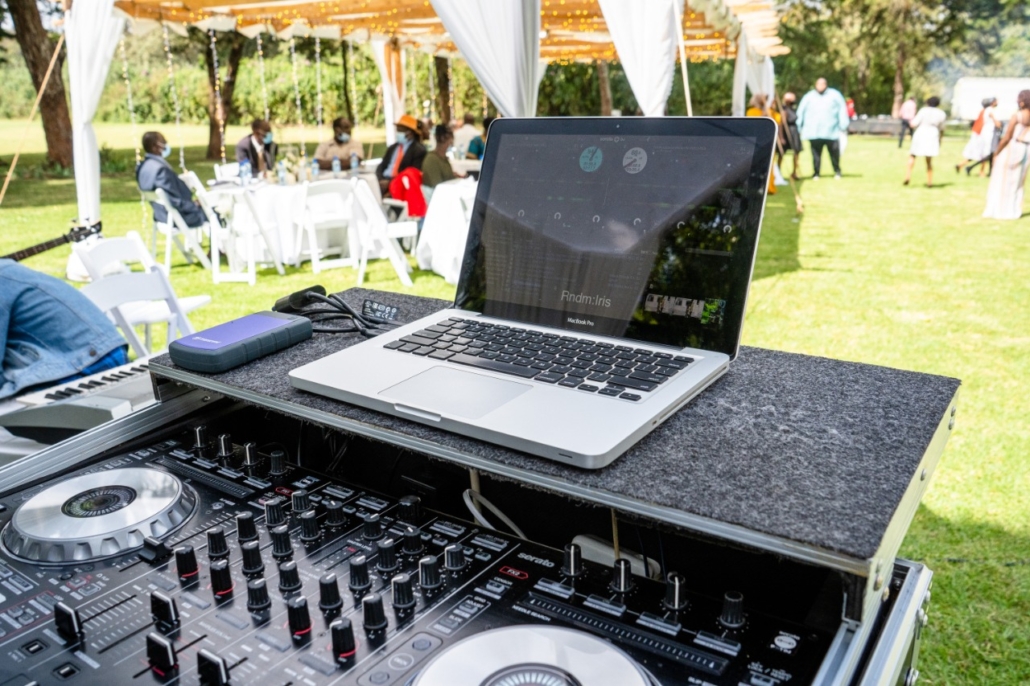
Church Event Sound Checklist
-
Ensure performers and speakers hear what they need clearly in the monitors
Whether using floor monitors or in-ear monitors, each person may need a unique mix. Singers need to hear instruments and other vocalists; speakers may want to hear themselves. -
Set up independent monitor mixes per group or performer using aux sends
Most digital or advanced analog mixers allow multiple mixes to be sent to different stage zones—ensuring personalized sound for every performer. -
Eliminate latency and feedback in monitor systems
Any delay between live performance and what is heard through monitors can distract performers. Use direct monitor routing and check monitor EQ settings to reduce echo and feedback. -
Confirm volume levels are comfortable and safe
Monitors that are too loud can lead to vocal strain or hearing fatigue. Adjust carefully and ask for performer feedback during soundcheck.
3.4 House Mix Balance
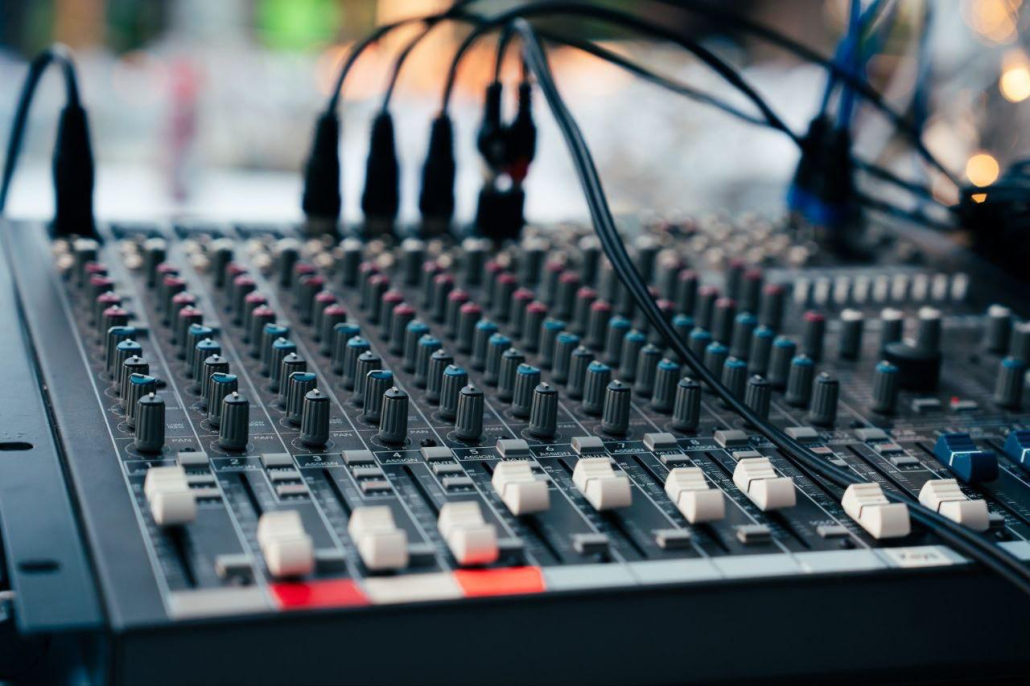
Church Event Sound Checklist
-
Blend vocals, instruments, and playback tracks into a cohesive sound
The front-of-house mix is what the audience hears. It should be well-balanced—vocals should sit above instruments, and no one element should overpower the rest. -
EQ each input to suit the acoustics of the venue
Every room has different resonances. Use the equalizer to tame harsh frequencies and enhance clarity—especially for speech-heavy events. -
Walk around the venue and test sound from multiple positions
Audio may sound different at the front, middle, and back of the venue. Engineers should listen from various locations and make adjustments accordingly. -
Use reference tracks or pre-recorded audio to verify system balance
Playing a known audio track helps identify imbalances in the mix, particularly useful for tuning the system before the event starts.
A well-executed soundcheck is the foundation of great live audio. It allows you to identify technical issues, calibrate sound levels, and optimize both stage and audience experiences. From checking each line and setting gain to balancing house and monitor mixes, every step plays a vital role. At Peak Audio, our professional sound engineers ensure every event starts with a thorough soundcheck—so your message, music, or moment comes through loud and clear, just as intended.
4. During the Event – Maintaining Clear, Consistent, and Professional Sound
Even with the best equipment and a flawless soundcheck, live events require constant attention to maintain audio quality from start to finish. Sound systems are dynamic and reactive—crowd size, presenter movement, equipment wear, or environmental changes can all impact performance. This is why real-time monitoring and on-site support are non-negotiable during live events.
Here’s what to keep in mind to ensure everything continues running smoothly once your event is underway.
4.1 Live Sound Monitoring
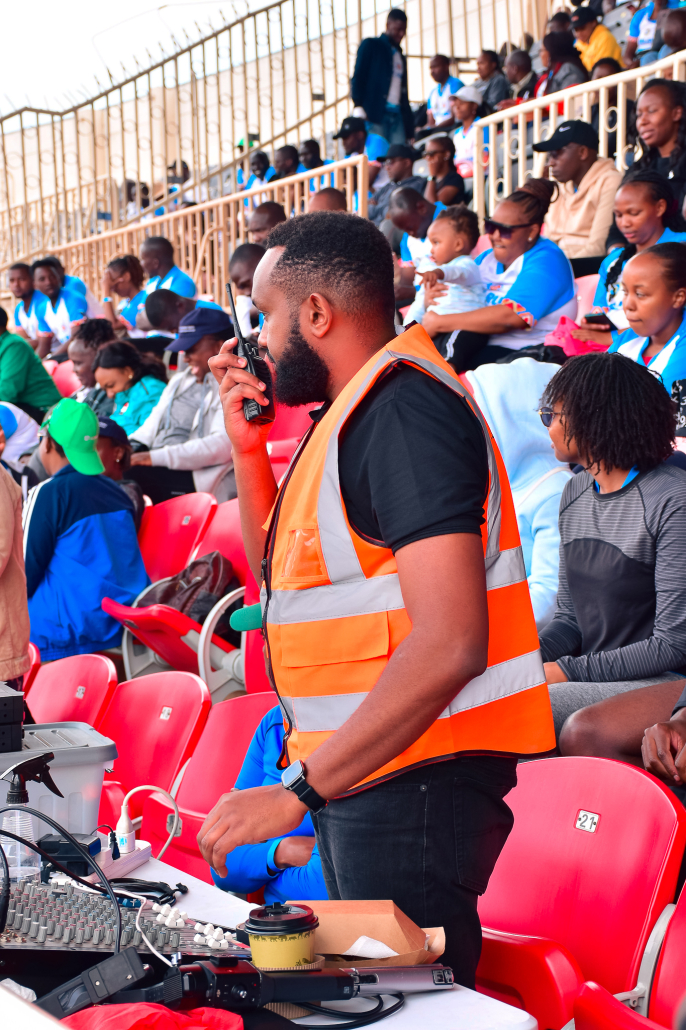
Church Event Sound Checklist
-
Have a dedicated sound technician monitoring the mixer at all times
Continuous presence at the console is critical. A sound engineer should monitor live inputs, detect problems immediately, and make adjustments without delay—whether it’s tweaking a speaker’s mic gain or lowering background music. -
Watch for feedback, mic handling noise, or signal dropouts
Feedback can occur when a mic gets too close to a speaker, or when frequencies clash. Technicians must keep an ear out for ringing, buzzing, or accidental pops and clicks and respond instantly to avoid distractions. -
Adjust EQ and levels based on crowd noise and speaker dynamics
As audiences grow louder or as speakers change delivery styles, the technician must adapt levels in real time to maintain balance—raising the speaker’s voice if the crowd grows noisy, or toning down background tracks as needed. -
Monitor audio quality across multiple zones (front, middle, rear)
Especially in larger venues or outdoor setups, the technician should periodically walk the room or use a tablet for remote mixing to ensure consistent sound coverage across the audience.
4.2 Backup Mics and Batteries

Church Event Sound Checklist
-
Keep wireless microphones fully charged before the event starts
Wireless microphones can run out of battery mid-session. It’s essential to start with fully charged units and have fresh batteries close by at all times. -
Have spare microphones (wired and wireless) ready for quick swaps
In case a microphone malfunctions or drops out, a backup should be within arm’s reach to prevent downtime, especially during critical moments like wedding vows or keynote speeches. -
Use dual receivers or frequency diversity to minimize dropouts
Professional-grade wireless systems can use two frequency channels per mic to ensure redundancy and avoid interference—especially in crowded signal environments. -
Label mics clearly for easy identification and replacement
Marking mics by role (e.g., MC, Choir, Speaker 1) allows quick troubleshooting and avoids giving a muted or misconfigured mic to a speaker during a live handoff.
4.3 Support for Speakers and Musicians
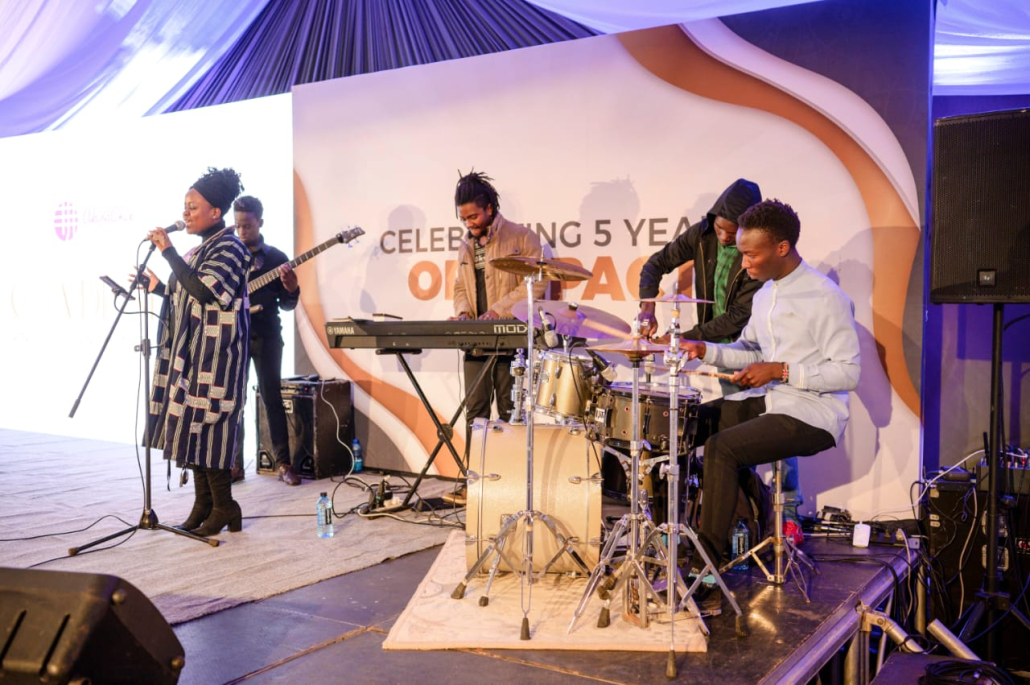
Church Event Sound Checklist
-
Provide mic handoffs and lapel replacements promptly when needed
Have a stagehand or AV support staff available to assist with handing over handheld mics or switching out lapels if a speaker changes or there’s a technical failure. -
Reposition floor monitors or adjust in-ear mixes based on feedback
Performers may need changes mid-event to what they hear on stage. The support team should be responsive, adjusting monitors or mix levels without delay. -
Offer technical assistance for live playback cues or transitions
Ensure there’s a crew member responsible for playing background music, intro videos, or cueing up voiceovers at the right time. This maintains the flow of the event. -
Monitor and manage mic technique and stage movement
Gently guide inexperienced speakers or performers on proper mic usage if necessary—especially if they’re moving off-axis, covering the capsule, or speaking too far from the mic.
4.4 Real-Time Troubleshooting

Church Event Sound Checklist
-
Respond instantly to unexpected issues—cutouts, static, or interference
Real-time problem solving is part of live AV support. A technician must be alert and equipped to reroute cables, switch inputs, or swap faulty units without disrupting the program. -
Have a signal flow diagram on hand for quick diagnostics
Knowing the exact setup—how each mic routes to the mixer, out to the speakers or recording feed—allows faster issue resolution when something goes wrong. -
Maintain constant communication among tech crew via headsets or radios
Team coordination is vital during transitions or emergencies. Communication tools allow lighting, sound, and stage managers to stay in sync. -
Document any recurring issues for future improvement
Keeping a log of problems during the event helps improve future setups, identifies weak gear, and sharpens response plans.
Managing sound during a live event is not a passive task—it requires constant vigilance, technical precision, and readiness to act. From monitoring every mic to supporting presenters and reacting to last-minute hiccups, the role of a live sound team is to ensure everything sounds great without the audience ever noticing the effort. At Peak Audio, our experienced crew handles all this and more—so your program stays focused, your message lands clearly, and your event runs seamlessly from start to finish.
5. Post-Event Sound Wrap-Up – Protecting Gear and Preparing for Better Future Events
Your sound system may have done its job during the event, but what happens afterward is just as important. Proper shutdown, care, and feedback gathering help extend the lifespan of your equipment, prevent costly repairs, and ensure future events run even smoother. Post-event procedures also provide valuable insights into what worked well and what could be improved.
Here’s a professional sound wrap-up process that ensures your gear, team, and event strategy stay in top shape.
5.1 System Shutdown
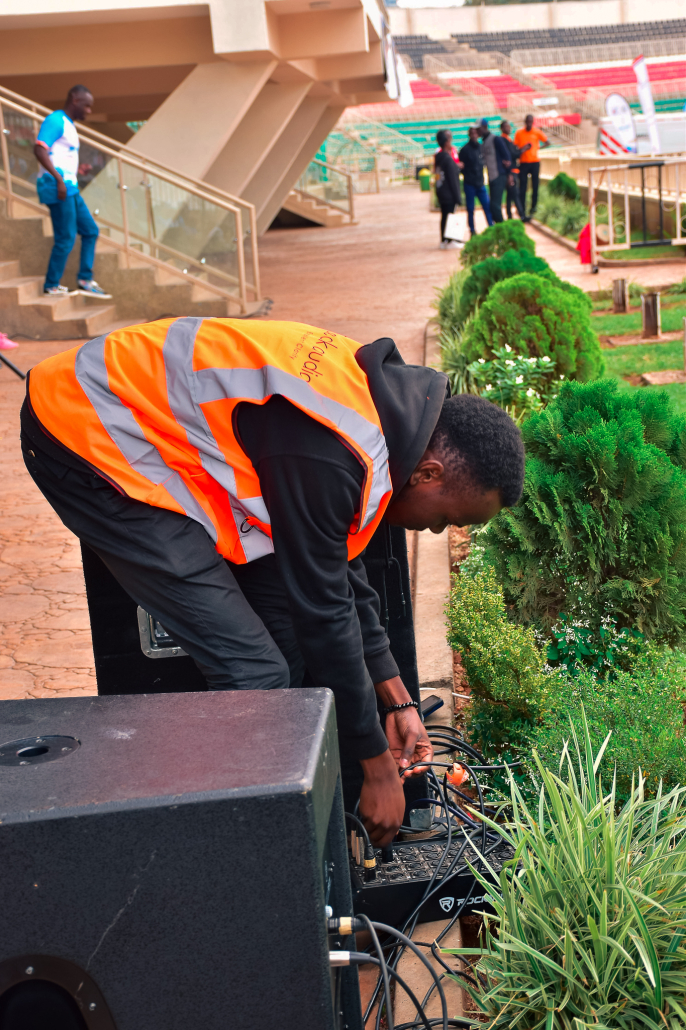
Church Event Sound Checklist
-
Power down the system in a safe and proper sequence
Begin with turning off powered speakers and amplifiers before shutting down the mixer and peripheral gear. This prevents loud popping sounds or voltage surges that could damage equipment. -
Mute all mixer channels before disconnecting any microphones or inputs
Muting prevents loud clicks or feedback when cables are unplugged. This is especially important for sensitive speaker systems and wireless units. -
Turn off wireless microphones and receivers to conserve battery life
Wireless units left on drain batteries quickly. Power them down immediately after the event ends, and remove batteries if storage will be long-term. -
Secure all power supplies and unplug extension cables safely
Avoid yanking cables from outlets or overloading sockets during takedown. Carefully wind power cables and surge protectors for later use.
5.2 Equipment Packing & Storage
-
Label and neatly wrap all cables using ties or Velcro straps
Proper cable coiling prevents tangling and damage. Label both ends (e.g., “Mixer to Main L”) to speed up future setups. -
Store gear in protective cases and dry, dust-free environments
Moisture, dust, or exposure to direct sunlight during storage can degrade equipment quickly. Use padded or hard-shell cases for mixers, mics, and sensitive electronics. -
Visually inspect all equipment for damage or unusual wear
Look for frayed cables, bent pins, cracked connectors, or dented grills. Address issues immediately rather than discovering them at the next event. -
Replenish used items such as batteries, gaffer tape, and backups
Stock up on expendables before storing the kit, so the team isn’t scrambling during the next setup. Keep a checklist updated for inventory tracking.
5.3 Review Performance

Church Event Sound Checklist
-
Get feedback from performers, pastors, or event organizers
Ask specific questions like “Could you hear yourself clearly?” or “Were there any distracting audio moments?” to gauge how well the system performed from the user’s perspective. -
Note what went well during the event (e.g., mic balance, audience coverage)
Highlighting wins helps replicate success in future gigs. Include notes on speaker placement, mix settings, or unique solutions that worked well. -
Document challenges or technical issues that occurred
Whether it’s a faulty mic, interference on a wireless channel, or a poorly heard monitor, record issues so they can be addressed in future setups or rehearsals. -
Update internal event reports or checklist logs for team learning
A running log of event wrap-ups builds your team’s knowledge base and sharpens future delivery. Share learnings during team debriefs or planning meetings.
Post-event audio wrap-up is more than just unplugging and packing—it’s a disciplined process of protecting your gear, reviewing your performance, and preparing for the next event. Done right, it reduces equipment failure, boosts team readiness, and raises the bar for sound quality at future events. At Peak Audio, we treat every event as a chance to improve. Our technicians ensure every cable is coiled, every challenge is logged, and every client gets not only excellent sound—but a better experience each time.
6. Peak Audio Church Sound Support Services – Empowering Ministry with Reliable Audio Solutions
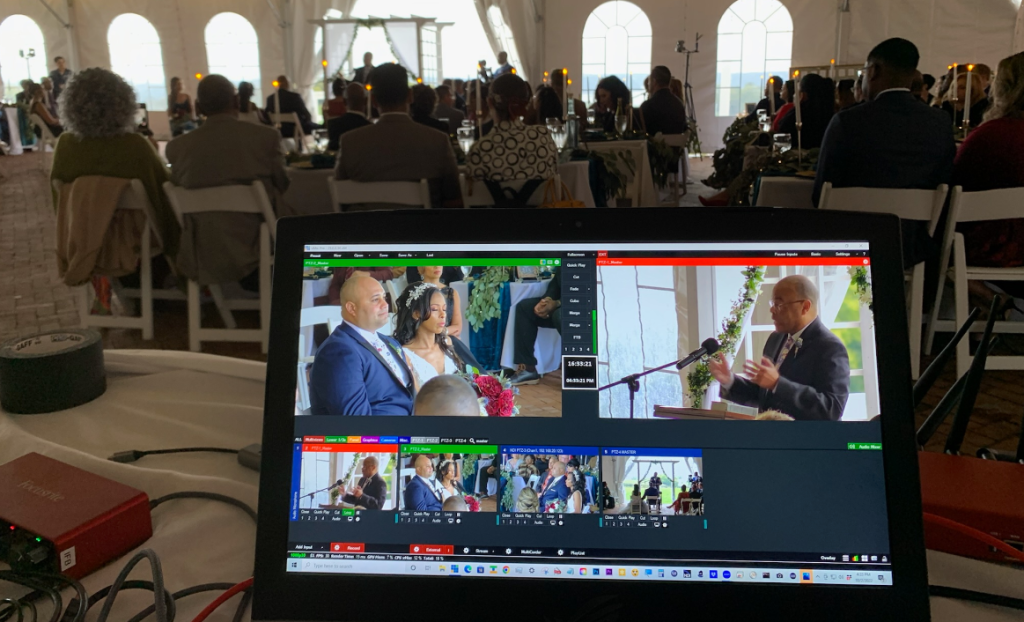
Church Event Sound Checklist
In church events—whether a quiet worship service or a large crusade—sound clarity is essential for delivering the message, engaging the congregation, and creating a spiritually uplifting atmosphere. At Peak Audio, we specialize in providing reliable, high-quality sound support tailored to churches, ministries, and religious organizations throughout Kenya.
Here’s how we serve the church community with excellence in every detail:
6.1 Equipment Hire for Church Crusades, Concerts, and Revivals
-
Scalable PA systems for small gatherings to large outdoor crusades
From 50 to over 5,000 attendees, we provide speaker systems that deliver clear, powerful sound across large fields, grounds, or open-air venues. -
Wireless microphones, choir mics, and instrument DI boxes for complete setups
Our inventory includes headsets for preachers, choir ambient mics, and instrument mic solutions to cover every sound source in a service or concert. -
Subwoofers and full-range speakers for gospel concerts
We offer bass-enhanced systems that ensure gospel music, praise bands, and live choirs are heard with richness, depth, and clarity. -
Affordable daily and weekend rental packages for churches
Whether it’s a one-day service or a weekend-long revival, we provide flexible rental durations with rates suited for ministry budgets.
6.2 Full Setup and Teardown Services
-
On-site delivery, unloading, and professional AV rigging
Our team transports, lifts, and assembles all equipment safely—even in rugged or rural locations—so your team can focus on ministry, not logistics. -
Stage layout planning based on church preferences and speaker positioning
We work with pastors or event organizers to map out microphone placement, monitor orientation, and speaker angles that suit their preaching and worship style. -
Efficient and respectful teardown process post-event
We ensure all equipment is dismantled quietly and efficiently, especially during overnight revivals or sensitive worship settings where silence matters. -
Cabling and power management to prevent clutter and hazards
All gear is neatly wired and safely secured, avoiding trip hazards and maintaining a clean stage presence.
6.3 Sound Technicians for Live Mixing and Monitoring
-
Experienced Christian sound engineers familiar with worship dynamics
Our technicians understand the flow of Kenyan church services—including call and response, altar calls, and praise breaks—and adapt the sound mix accordingly. -
Live front-of-house mixing for clarity in vocals, instruments, and backing tracks
Whether it’s a solo preacher or a 12-member choir, we balance every channel for optimal listening, ensuring voices are never drowned out. -
Real-time monitor adjustments for worship teams and ministers
Musicians and singers often need on-stage sound tailored to their role. We respond immediately to requests during rehearsal and live sessions. -
Troubleshooting and mic support during the event
Our team is present throughout to handle unexpected issues like dead batteries, feedback, or malfunctioning cables—ensuring zero service interruption.
6.4 Custom Sound Packages for Indoor Sanctuaries and Outdoor Grounds
-
Tailored gear for church halls, tents, school auditoriums, or open fields
We assess acoustics, crowd size, and venue layout to recommend the best-fit PA and mic systems—no overkill, no underpowering. -
Indoor systems with minimal echo and natural vocal tone
For tiled churches or stone walls, we use smart speaker placement and EQ techniques to reduce reverberation and boost intelligibility. -
Outdoor setups with weather-protected gear and long-throw speakers
Open-air services need durable equipment that can project clearly even in wind or crowd noise—ours are built for that. -
Add-ons like lighting, interpretation systems, and generator backups
We offer complete solutions beyond sound—especially helpful for church conferences or international ministries that need translation and extra power reliability.
6.5 Training Church Teams on Basic AV Management
-
Workshops on microphone handling, mixer use, and EQ basics
We train your church volunteers to confidently manage services—ensuring smooth transitions, balanced mixes, and confident troubleshooting. -
Hands-on learning during setup and soundcheck
Our technicians coach your team during live setups, explaining why and how things are done for better understanding and confidence. -
Guides and cheat sheets for weekly use
We provide printed or digital guides that your church team can use for Sunday services, including channel lists, gain settings, and setup diagrams. -
Follow-up visits or virtual support for ongoing improvement
Peak Audio remains available to answer questions, help your team grow, and ensure your church AV operations improve over time.
At Peak Audio, we don’t just provide equipment—we support the mission of the church. From massive crusades to intimate Sunday services, we bring professionalism, technical expertise, and spiritual sensitivity to every setup. Our goal is to ensure your congregation hears the message loud and clear—without distraction, delay, or technical worry. With affordable gear rental, on-site support, and team training, Peak Audio is Kenya’s trusted partner for impactful, spirit-filled sound ministry.
7. FAQs – Church Event Sound Systems
Whether you’re organizing a Sunday service, outdoor crusade, or gospel concert, knowing how your sound system should work—and what to expect from your AV provider—makes all the difference. Below are common questions we receive from churches and ministries across Kenya, answered in detail to help you make the best decision for your next event.
7.1 What size sound system does my church need?
-
It depends on the venue size, audience capacity, and type of service. A small church hall might require two full-range speakers, while a large tent or open field service could need multiple speakers and subwoofers for wide coverage.
-
For indoor sanctuaries with under 300 people, a compact PA setup with 2–4 microphones may be sufficient. We recommend adding monitors if there’s a choir or worship team.
-
Larger churches or events with instruments, live music, or multiple speakers need a scalable setup. This includes mixers, multiple mic inputs, and additional amplification.
-
We offer a free consultation to recommend the most efficient, cost-effective system. Our team can conduct a site visit or review your space virtually to give you a custom quote.
7.2 Can Peak Audio provide sound for outdoor crusades?
-
Yes. We specialize in outdoor church events such as crusades, revivals, and conventions. We understand the challenges of wind, crowd dispersion, and environmental noise, and we provide systems that overcome those issues.
-
We use long-throw speakers, powerful amplifiers, and subwoofers designed for open-air preaching and worship. This ensures clarity even for people seated far from the stage.
-
Our outdoor packages include generator backup, weatherproof cabling, and rugged setups. No need to worry about sudden weather changes or unreliable grid power.
-
We’ve supported major outdoor events across Nairobi, Kisumu, Mombasa, Nakuru, and rural towns. References and case studies are available upon request.
7.3 Do you supply wireless mics and backup systems?
-
Absolutely. We provide high-quality wireless handheld, lapel (clip-on), and headset microphones. These are ideal for pastors, praise teams, and MCs who need freedom to move.
-
All our wireless systems are tested in advance for range, battery life, and signal clarity. We avoid frequency conflicts to ensure clean, uninterrupted audio.
-
We always bring backup microphones, cables, batteries, and power adapters. If something fails during the event, we can swap it out immediately with no disruption.
-
Our packages are designed with redundancy in mind. Whether your event is indoors or outdoors, we prepare for potential tech hiccups before they happen.
7.4 Can you train our volunteers to operate sound equipment?
-
Yes, training is part of our church sound support service. We believe in empowering your team to manage your AV needs confidently even when we’re not there.
-
Our technicians can provide hands-on coaching during setup and rehearsals. This includes how to operate mixers, adjust EQ, set up microphones, and manage basic troubleshooting.
-
We also offer follow-up training sessions and provide step-by-step guides. These include diagrams of your setup, recommended gain levels, and quick-reference tips.
-
Many churches in Kenya rely on volunteers. Our training helps ensure your team can continue providing quality sound every Sunday, not just during major events.
7.5 How early should we book your services before a major church event?
-
For large-scale events like crusades, revivals, or concerts, we recommend booking 2–4 weeks in advance. This ensures equipment availability and gives time for site visits or custom planning.
-
Smaller church events or Sunday services can often be accommodated with 7 days’ notice. However, earlier booking is always better, especially during peak seasons like December or Easter.
-
Urgent last-minute requests are sometimes possible depending on gear availability. If your event is coming up quickly, reach out—we’ll try our best to accommodate.
-
Booking early also gives you access to more options and discounted packages. We prioritize advance clients for planning resources and dedicated technical support.
Churches have unique AV needs that demand thoughtful planning, spiritual sensitivity, and technical expertise. At Peak Audio, we understand both the sacredness of ministry and the need for professional sound quality. Whether you’re hosting a crusade, worship night, or regular Sunday service, we’ve got your back—from powerful PA systems and wireless mics to team training and event-day support. We’re more than just a vendor—we’re your sound ministry partner.
Make Worship Sound Heavenly with Peak Audio
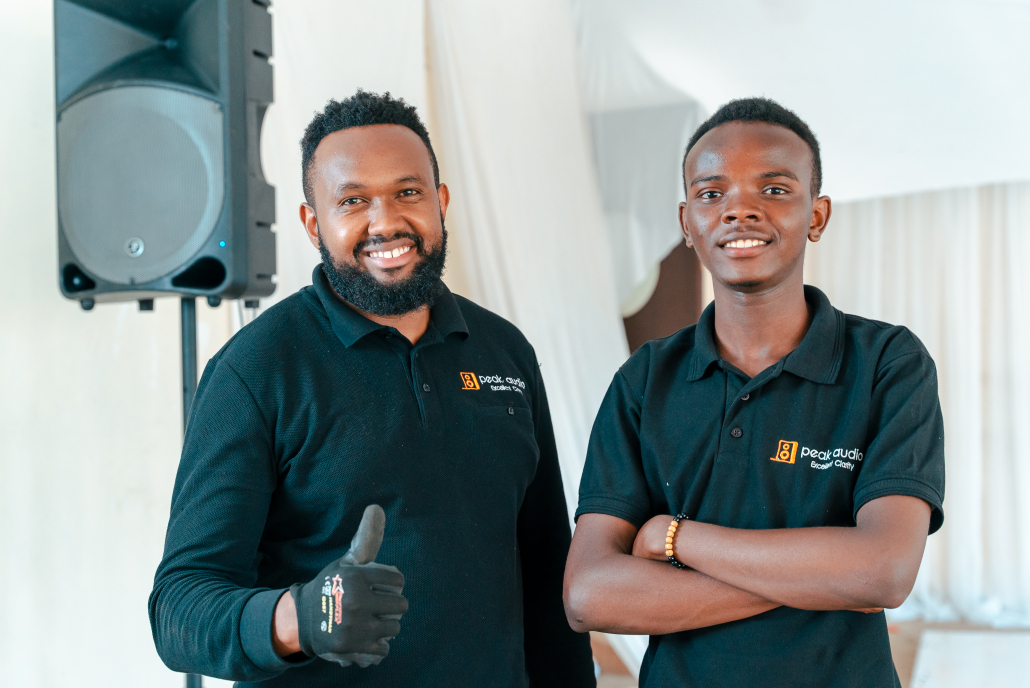
Church Event Sound Checklist
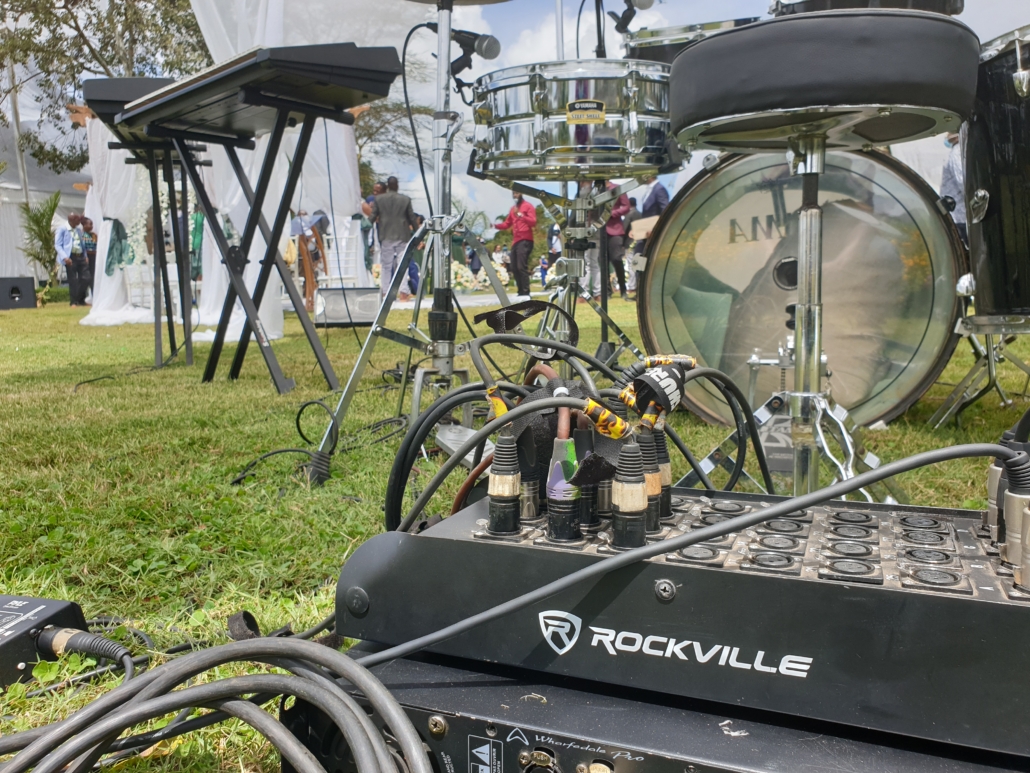
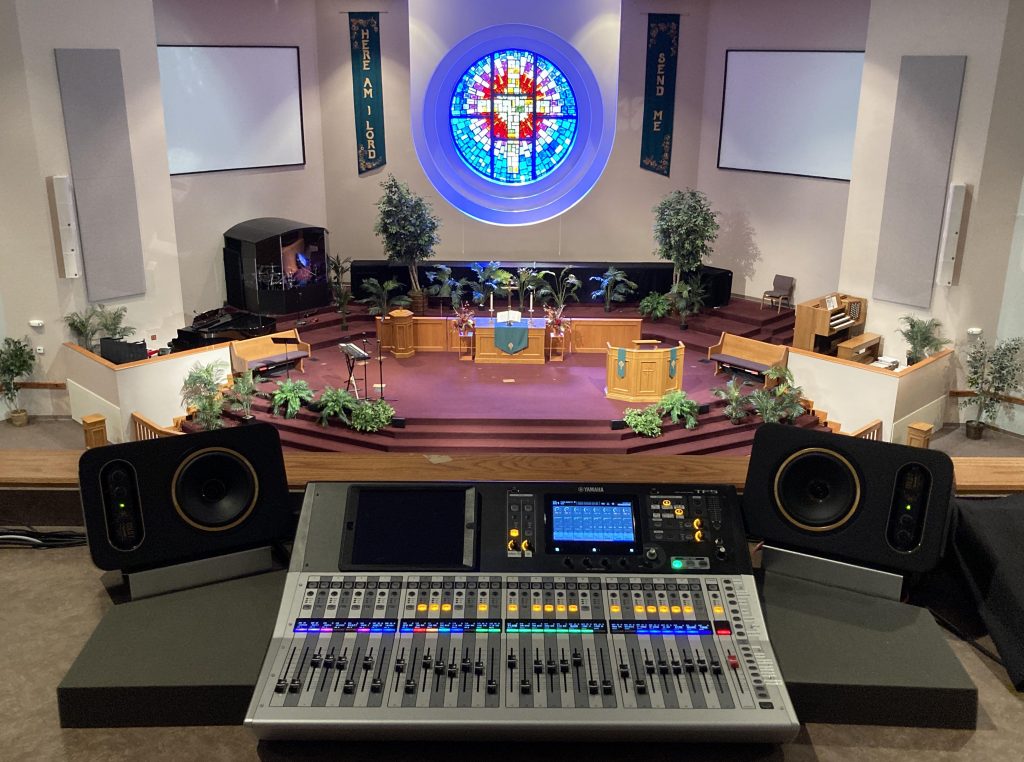
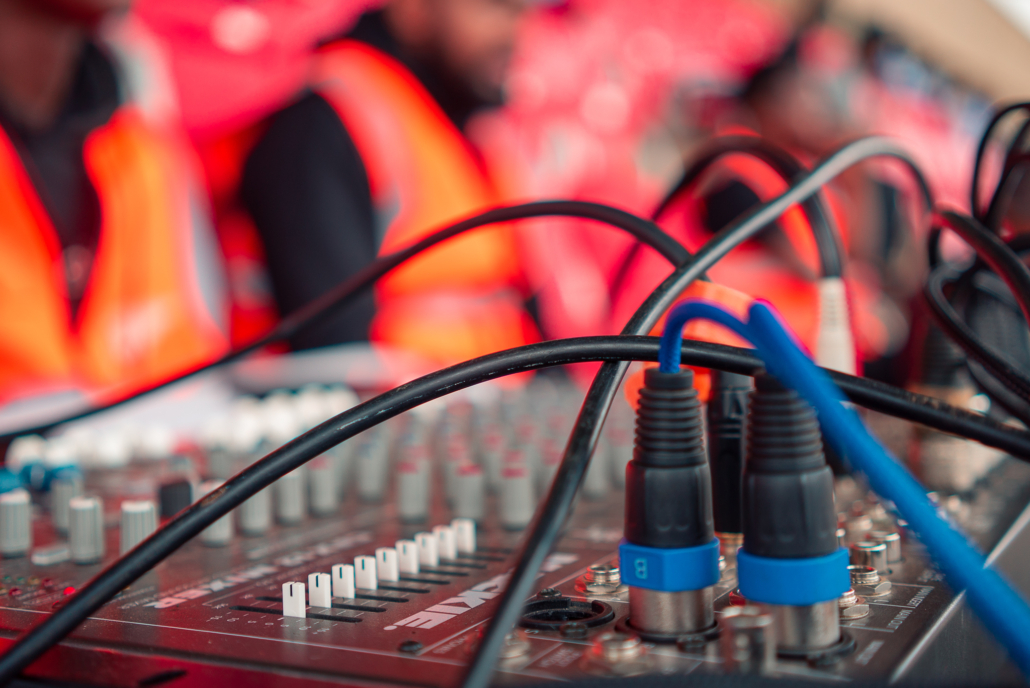
Leave a Reply
Want to join the discussion?Feel free to contribute!